Expatriés à Londres, O’Hagan et Coughlan se retrouvent avec Lenny Kaye en studio pour donner une suite à The Clock Comes Down The Stairs (1985). Les ventes avaient commencé à frémir… Il n’en sera rien avec Crooked Mile même s’il contient le plus grand tube du group, Town to Town. Retour sur la naissance de ce chic disque de 1987 avec Cathal Coughlan et le photographe Rob Brimson.
Cathal Coughlan
Crooked Mile était votre premier disque pour Sony. Comment vous êtes-vous retrouvés sur cette major ?
Cathal Coughlan : Eh bien, nous n’avons pas été signés chez Sony, bien qu’ils aient quelque chose à voir avec la distribution dans certains pays en dehors du Royaume-Uni. Nous avons été signés chez Virgin. C’était un moment étrange, surtout si on réfléchit avec les normes d’aujourd’hui : de nombreuses « petites majors » telles que Virgin avaient obtenu de grandes quantités d’argent à partir de fusions. Virgin a dépensé beaucoup d’argent pour signer des groupes non commerciaux comme nous car ils avaient une tendance à croire aux succès improbables. Ce ne fut pas notre cas.
Microdisney – Our Children
Comment avez-vous rencontré Lenny Kaye, le producteur de ce disque ?
C’est via le label que nous l’avons connu. A cette époque, on signait des groupes dont la musique était peu commerciale et on les mettait en studio avec des producteurs improbables de telle sorte qu’on obtenait des succès improbables. Quelque part dans ce processus, nous avons suggéré le nom de Lenny. Le groupe de Patti Smith était dissous depuis quelques années et il avait eu du succès dans la production des deux premiers albums de Suzanne Vega. Il n’était pas un choix improbable pour nous, mais il n’était pas non plus un gars très pop. C’était une personne gentille, avec une grande appréciation de la musique et comment elle peut interagir avec d’autres formes d’art. J’ai beaucoup appris et j’ai gagné beaucoup de confiance en travaillant avec Lenny. Je n’ai jamais oublié cela.
Et pourquoi avoir choisi les Townhouse Studios ?
Nous ne les avons pas vraiment choisis. Ils appartenaient à Virgin et c’était légèrement moins cher de mixer dans ces studios que dans d’autres studios avec des équipements similaires. Tout l’enregistrement a été réalisé dans un studio appelé JAM, qui était en réalité le studio Decca, dans le parc de Finsbury. Il y avait une énorme salle pour faire des prises live. Tu peux entendre ça de manière assez éloquente sur la chanson Town To Town. Pour être honnête, les studios Townhouse étaient un lieu de travail assez ennuyeux. Trop de gens célèbres et trop de haute sécurité. Tu as beau payer des factures, tu te sens toujours comme un intrus dans ce genre de lieux.
Ce fut un enregistrement facile ?
L’enregistrement a été facile dans le sens d’être personnellement harmonieux, mais c’était assez minutieux, et la nature du matériau a causé des problèmes pour tous les intéressés. Une ou deux chansons étaient assez dynamiques, mais il n’y en a pas assez. C’est ce que je pense aujourd’hui. Les chansons sont trop plates. Je crains que ce soit le résultat inévitable de la manière « sédentaire » dont ont été écrites ces chansons. Notre précédent album avait été écrit et pensé comme une série de morceaux à jouer pendant les concerts. Ceux qui ne fonctionnaient pas ont d’ailleurs été réécrits. Et même si le budget était plus serré sur notre précédent album, nous avions utilisé un grand spectre d’instruments. Cette fois-ci, nous sommes allés directement des démos aux versions finales tout en essayant d’avoir une approche assez pure de l’instrumentation (il y a très peu de claviers !). Les résultats ne sont pas sensationnels. J’ai bien peur de ne pas avoir de souvenirs des sessions de travail. Nous étions très intimidés par le fait d’avoir signé une major. Les choses se sont évidemment compliquées.
Quel est ton meilleur souvenir de cet enregistrement ?
Un soir, nous sommes allés dans un bar où un groupe irlandais de Londres jouait. Le groupe a pris une pause et nous avons demandé si nous pouvions jouer une chanson à l’aide de leurs instruments. Il y avait une pedal steel guitar (Lenny Kaye joue parfaitement de cet instrument). Nous avons joué la chanson de Sean qui s’appelle Little Town In Ireland (qui n’est pas sur l’album). C’est une chanson drôle et étrange. Le public et le groupe étaient très stupéfaits et au final assez préoccupés par certaines paroles de la chanson. Mais nous avons réussi à sortir de ce bar intacts.
Microdisney – Little Town In Ireland
Que signifie le titre Crooked Mile ?
C’est un écho à différentes chansons de l’album qui ont un ton assez accusateur contre l’état britannique. J’avais fait cela de façon assez réductrice… En particulier la phrase « And did those feet in ancient times walk a crooked mile ? » qui déforme le texte de William Blake et qui demande « Avez-vous toujours été de tels traîtres ? ». C’est en quelque sorte un hommage à la culture britannique de la tolérance, dont les gens me parlent encore. Mais je n’ai pas fait assez clairement la distinction entre les institutions que je voulais dénoncer (et dont je pense qu’elles étaient coupables à l’époque de beaucoup d’abus de pouvoir, et c’est toujours le cas pour certaines, comme l’a montré l’incendie de la Greenfell Tower.
Quelle est ta chanson préférée ?
Probablement Town To Town. Elle dit ce qu’il faut faire et promeut une certaine idée de l’engagement. Les paroles mettent quelques coups mais elles défilent assez vite pour pouvoir être perçues comme simplement des nuances. Le groupe sonne comme s’il était réuni au bon endroit, et bien sûr les cordes « fonctionnent bien ». Microdisney aurait eu beaucoup moins d’importance, pour beaucoup de gens, si nous n’avions pas enregistré cette chanson. Cela compte beaucoup pour moi. C’est tellement difficile d’enregistrer de nouvelles chansons.
Microdisney – Town To Town
Rob Brimson
Comment as-tu rencontré le groupe ?
Rob Brimson : J’ai rencontré le groupe par l’intermédiaire de Keith Breeden et j’ai travaillé avec eux sur la pochette de Crooked Mile.
Quel type d’appareil as-tu utilisé pour ce travail ?
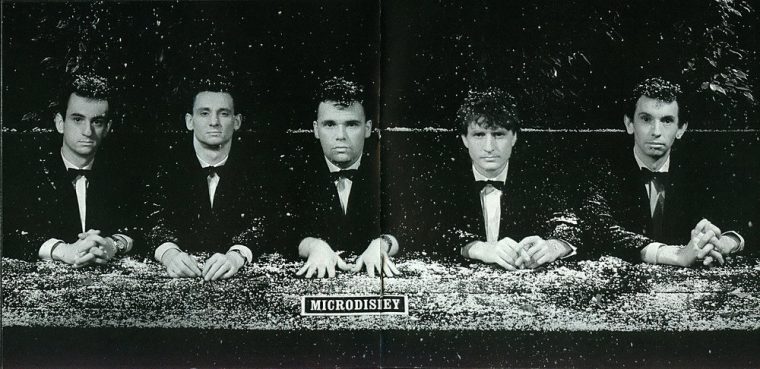
J’ai utilisé une chambre Sinar 5×4 (une chambre principalement utilisée pour des photos publicitaires de haute qualité). J’utilisais à cette époque différents types de films mais pour ce travail j’ai utilisé une pellicule inversible Fuji de 100 ASA. Il fallait un gros flash de studio pour avoir assez de lumière tout en fermant complètement l’objectif pour obtenir la profondeur de champ nécessaire.
J’avais travaillé pour Hipgnosis, mais j’ai arrêté de faire des pochettes d’albums pour faire des publicités haut de gamme offrant un niveau de qualité qui n’est généralement pas spécifié pour les pochettes d’albums. Cela a peut-être été l’une des raisons pour lesquelles Keith m’a recruté. J’ai essayé de fournir une atmosphère collaborative où le temps n’avait pas d’effet. Les menottes ont été prises en photo un autre jour.
Ils ont été photographiés dans une pièce avec des panneaux en bois que j’avais gardés dans mon studio. La faible quantité de lumière donne une certaine atmosphère à la texture du bois. Deux autres lumières de chaque côté ont levé les menottes de l’arrière-plan. L’éclairage a été gélifiée (filtrée) pour accentuer la couleur du métal. Il s’agissait vraiment d’une publicité classique. Le groupe a été pris en photo assis à une table avec de la neige qui tombe. Tout cela dans mon studio à Smithfield de Londres.
Keith Breeden connaissait un fabricant et un concepteur de meubles construits à partir de gros morceaux de bois de récupération. Le niveau de finition était très élevé. C’était magnifique mais très lourd et encombrant. Nous avons construit un fond avec des plantes. La longue table avait une plus grande longueur de bois au-dessus de celle-ci soutenue à chaque extrémité mais hors de portée. Dessus, nous avons empilé de la fausse neige et, lors de la prise, un assistant la secouait pour créer un effet de délicate chute de flocons de neige.
J’ai engagé une maquilleuse, mais c’était son premier boulot, et elle s’est concentrée sur le teint, en camouflant chaque pore de la peau, et quand le groupe est sorti de la salle de maquillage, on aurait dit qu’ils avaient été trempés dans du plâtre. J’étais un peu inquiet de voir comment cela pourrait apparaître sur le film, mais en fait, cela a ajouté au surréalisme de l’image. Le groupe était génial et nous nous sommes amusés avec des gestes de la main et le placement des doigts, chacun adoptant une attitude différente. Il n’y avait pas d’idée précise de l’image que nous créions, nous avons simplement joué avec des idées de jeu de rôle, d’entretien, d’observation, d’endurance, etc. Le shooting a simplement évolué. J’ai toujours aimé travailler comme cela. Keith avait certainement une idée en tête, mais il était flexible sur le résultat final. Les costumes, les nœuds papillons et le maquillage ajoutent à l’impression que les clichés aurait pu être pris à l’époque des films muets. Je n’avais pas regardé cette image depuis près de 20 ans et je suis surpris de voir comme elle est intéressante, peut-être ma session de groupe préférée. Je préfère la version en noir et blanc que j’ai récemment découverte et qui est sur mon site.
C’était facile de travailler avec ce groupe ?
Oui très ! Même si tous les groupes de chez Virgin avec lesquels je travaillais à l’époque étaient sympathiques.
Quelles sont tes chansons préférées de Microdisney ?
Past est mon préféré à ce jour avec Loftholdingwood et Town to Town.
Crooked Mile de Microdisney est édité par Virgin.
Les photographies de cet article sont signées Rob Brimson.
- Town To Town
- Angels
- Our Children
- Mrs. Simpson
- Hey Hey Sam
- Give Me All Of Your Clothes
- Armadillo Man
- Bullwhip Road
- And He Descended Into Hell
- Rack
- Big Sleeping House
- People Just Want To Dream
English text
Cathal Coughlan
Crooked Mile was your first album with Sony. Why did you choose this label ?
Cathal Coughlan : Well, we weren’t signed to Sony, although they might have had something to do with distributing it in some countries outside of the UK. We were signed to Virgin. It was a strange time, especially when one thinks of it by today’s standards – many ‘small majors’ such as Virgin had obtained large amounts of money from share flotations and mergers, and spent a lot of money signing uncommercial acts like us, because there had been a trend for unlikely commercial successes of that sort in other cases. Not in ours!
How did you meet Lenny Kaye ?
It was the record label. One of the very long processes which one had to go through at that time was taking one’s uncommercial music to the most unlikely producer, so that it could become an unlikely success. Somewhere in that process, we suggested Lenny. The original retirement of the Patti Smith group had happened a few years previously, and he’d had success in producing Suzanne Vega’s first two albums. He wasn’t an unlikely choice for us, but he wasn’t a pop guy, either. He’s a kind person, with a wide appreciation both of music and how it can interoperate with other artforms. I learned a lot, and gained a lot of confidence, from working with Lenny. I’ve never forgotten that.
Why did you chose to work at Townhouse Studios?
We didn’t really. Virgin owned it, and so it was slightly cheaper to mix there than in some other studios with similar equipment. All of the recording was done in a studio called JAM, which had been the original Decca studios, in Finsbury Park. It had a huge live room, which can be heard quite prominently on tracks like Town To Town. Townhouse was pretty annoying as a place to work, to be honest. Too many famous people and high security.You’re still paying the bills, in a place like that, but you feel like an intruder.
How easy was this recording process ?
It was easy, in the sense of being personally harmonious, but it was fairly painstaking, and the nature of the material caused problems for all concerned. One or two songs were quite dynamic, but there wasn’t enough of that kind of material (I think now) to offset the songs whose dynamics were, to be honest, flat. I’m afraid that was an inevitable result of the ‘sedentary’ way in which that set of songs was written. Our previous album had been written as a series of songs to play at shows, in great, part, which we proceeded to do, rewriting songs quickly if they didn’t work. We’d also been prepared to use whatever instrumentation came to hand (we’d had a much smaller budget) on the previous album. This time, we went straight from demo recordings to the main sessions, and we were trying to be ‘pure’ in the instrumentation (very few synths! a dedicated keyboard player!), with mixed and subdued results. As a piece of work, I don’t have great memories of it, I’m afraid. We were very intimidated by the fact of having signed to a major label, in many complicated ways.
5) What’s your favorite memory about this recording process ?
That would have to be the evening when we went to a bar where a London Irish showband was playing. The band took a break, and we asked if we could play a song using their instruments, which included a pedal steel guitar (an instrument which Lenny Kaye can play pretty well). We played Sean’s song ‘Little Town In Ireland’ (not on the album), which has quite a funny and strange lyric, and Lenny played a very pleasant steel solo. The audience, and the showband, were pretty bemused, and concerned by some of the lyrical content. We escaped with our limbs intact, though.
What’s the reason behind the title « Crooked Mile »?
It’s a furtherance of the accusatory tone towards the British state which I (rather reductively) adopted in many of the lyrics of the songs, specifically the phrase, ‘And did those feet in ancient times walk a crooked mile’, twisting William Blake to essentially ask, ‘were you always so treacherous?’ It’s something of a tribute to the culture of tolerance in Britain that people still spoke to me after that. I didn’t create sufficient distinction between the institutions which I meant to berate (which I still feel were guilty of massive abuses of power in those days, and some still are – as per the Grenfell Tower fire and what led up to that) and the common people.
What’s your favorite song of this album ?
That would probably be Town To Town – it knows what it needs to do, and gets on with it. The lyric has some clunkers, but they rush by pretty quickly such that they could be heard as coloration only. The band sounds as though it’s all in one good room, and of course the strings ‘just work’. There would be much less to remember about Microdisney, in the minds of many people, if we hadn’t recorded that song, and this matters to me as I find it ever more difficult to make new work.
Rob Brimson
How did you meet the members of Microdisney ?
Rob Brimson : I met the band through the designer Keith Breeden and I worked with them on the album cover for Crooked Mile.
Which camera did you use ? And which film ?
I shot on 5”x4″ Sinar (plate camera mostly used for high quality advertising shoots).
I used many different film stocks but at that time I used a lot of Fuji 100 ASA transparency. The lighting would have been heavy-duty studio flash to get the aperture of f32 required for the depth of field.
Do you remember the day of the shooting ? What are your best memories of this day ?
I’d worked with Hipgnosis but moved from album covers to high end advertising providing a level of quality not usually specified for album covers, but that may have been one of the reasons Keith used me. And I tried to provide a collaborative atmosphere where time wasn’t too important.
We shot the handcuffs on a different day to the group shot.
They were shot on one of the pieces of heavy textured wood I kept in the studio. The low lighting from the top emphasised the texture of the wood. Two other lights from each side ‘lifted’ the handcuffs from the background. The lighting was gelled (filtered) to accentuate the colour of the metal. It was a classic ad shot really.
The group shot with the band sitting at a table with snow falling was shot in my basement studio in Smithfield, London.
Keith Breeden knew a manufacturer and designer of furniture constructed from large pieces of reclaimed wood, finished to a very high standard it looked fantastic but was massive and very heavy. We constructed a background of plants. The long table had a length of wood above it supported at each end but out of shot. On it we piled fake snow and during the takes an assistant shook it to release a steady drift of snow flakes.
I booked a make-up lady but it was her first job and she caked on the foundation so that every skin pore and tone was obliterated, when the band appeared from the make-up room they looked like they’d been dipped in plaster. I was a bit worried about how it may look on film but in fact it added to the surreality of the image. The band were brilliant and we messed around with hand gestures and finger placement, each of the band emanates a different attitude. There was no early statement of the image that we were creating, we just played with ideas of power-play, interviews, observation, endurance etc. the shoot just evolved. It’s a way I liked to work, Keith probably had an idea in mind but he was flexible about the outcome. The suits, bow ties and make-up add to the impression it could have been taken in the era of silent pictures. I hadn’t looked at this image for nearly 20 years and I am surprised how interesting it is, perhaps my favourite group shot. I prefer the black and white version that I recently discovered and is on my website.
It was easy to work with this band ?
The band was one of the easiest to work with although all the Virgin Label bands I worked with at that time were cool.
What’s your favorite song of Microdisney ?
Past is a favourite at this time – along with Loftholdingwood and Town to Town.

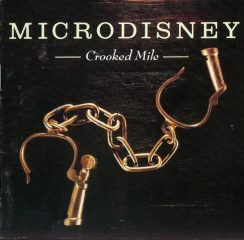
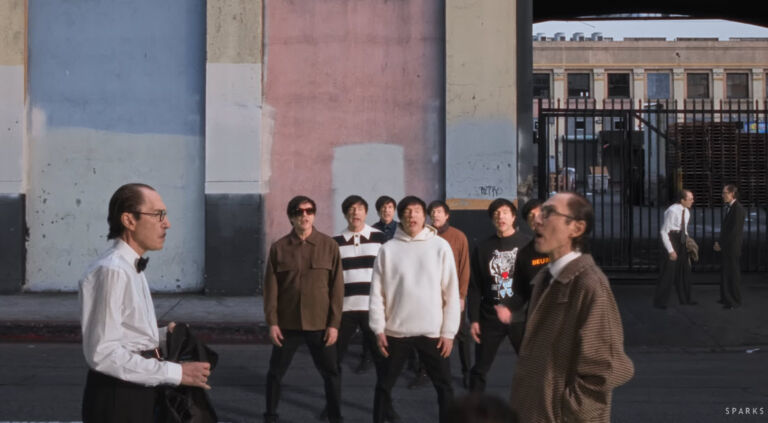
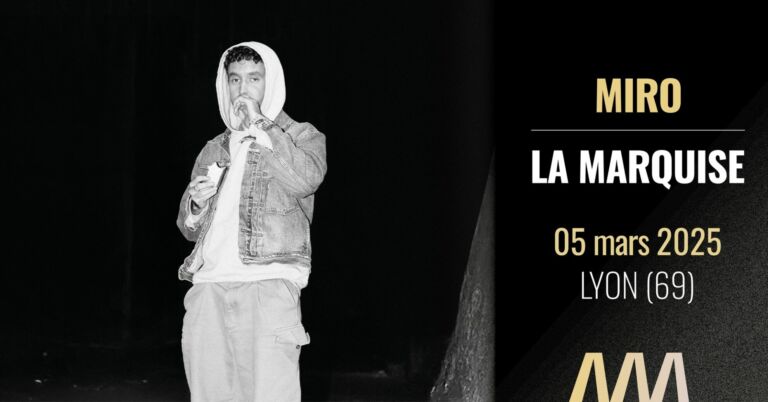
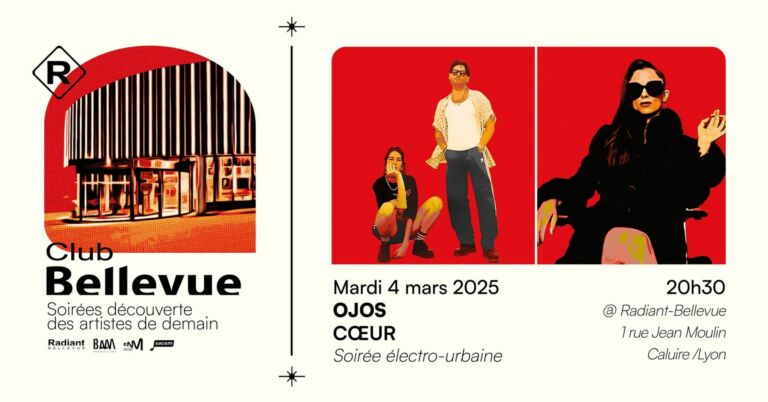
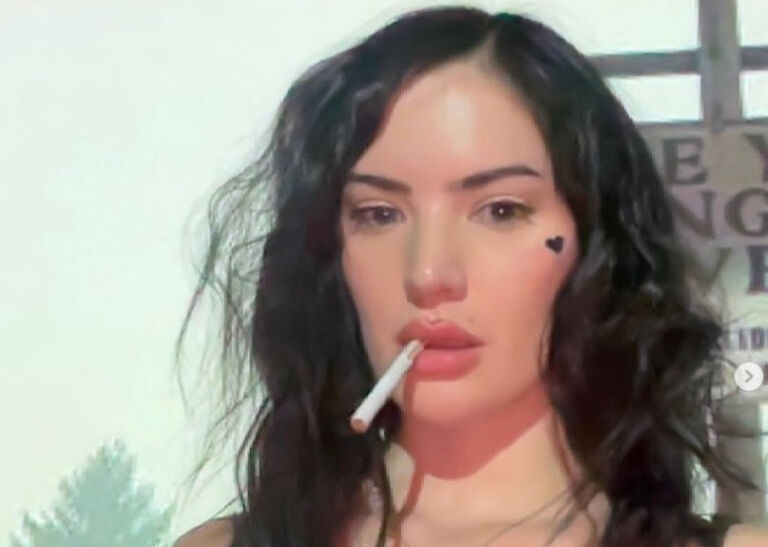
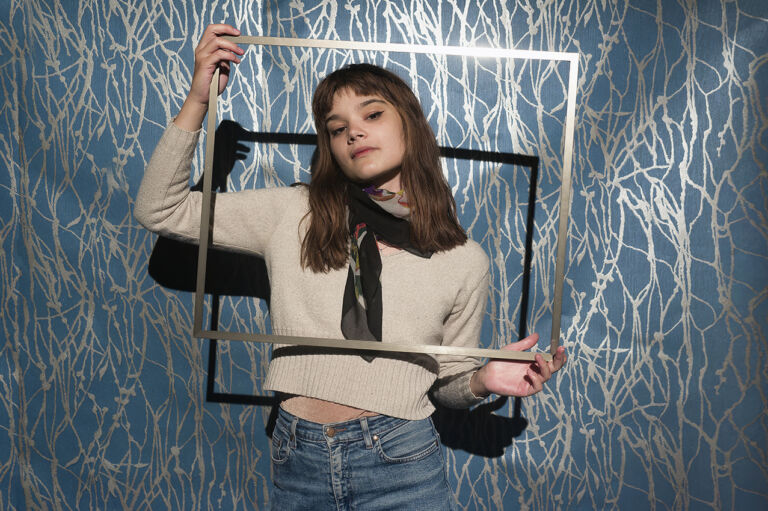
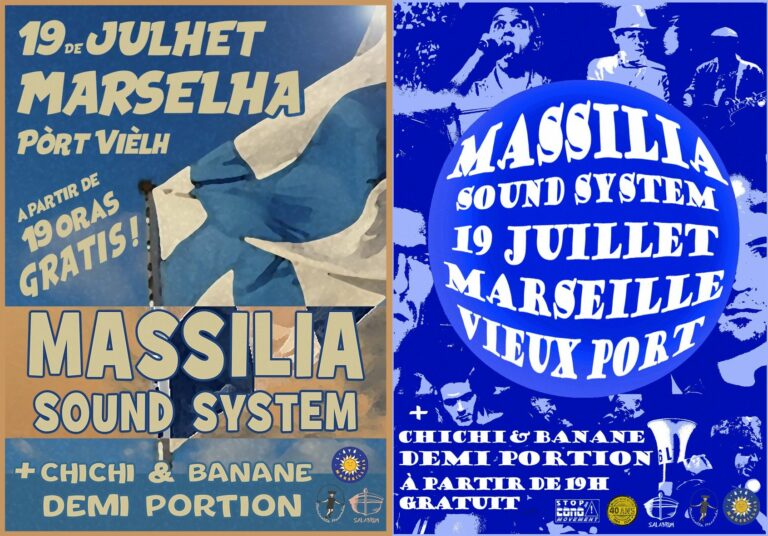
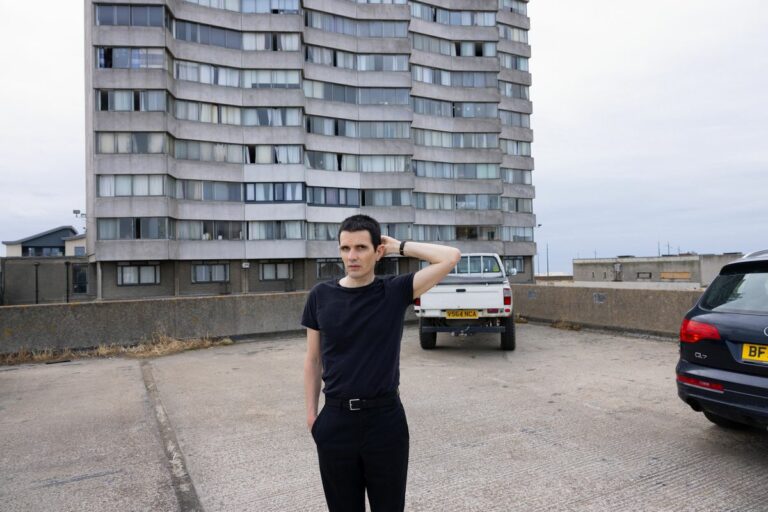
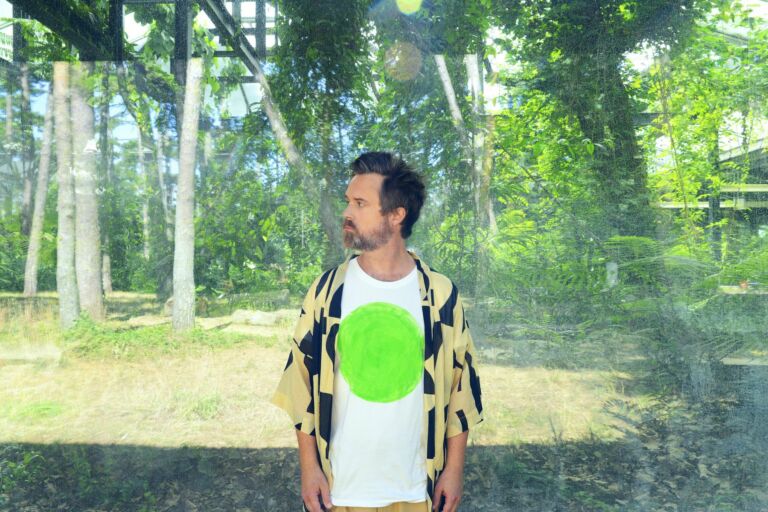
 Olivia Ruiz fait les vendanges !
Olivia Ruiz fait les vendanges !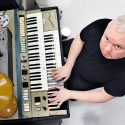 Aimons Malon
Aimons Malon